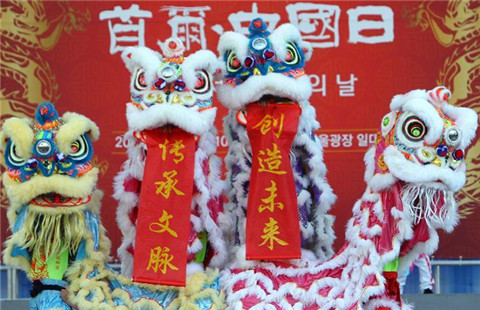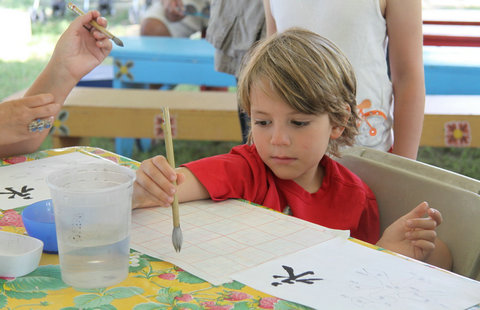Longtime friends conserve relics together
By Liu Xiangrui In Dunhuang, Gansu Province ( China Daily ) Updated: 2015-11-03 08:51:36
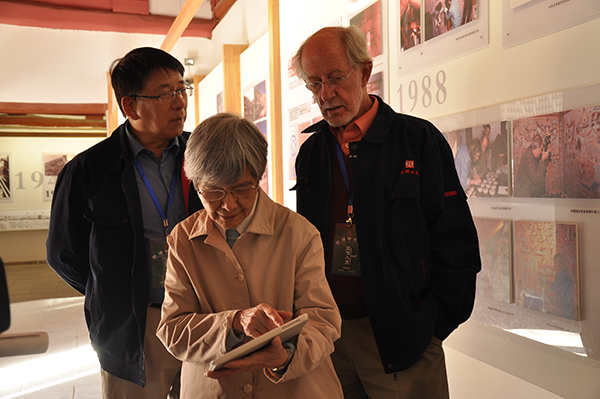 |
|
Fan Jinshi (middle), former director of Dunhuang Academy, and her longtime partner Neville Agnew (right), look back on their past cooperation experiences.[Photo provided to China Daily] |
According to Demas, higher visitor numbers mean problems such as moisture that ultimately leads to damage of the wall paintings.
A mega-data monitoring system was established after her team had done research with the academy on the site's carrying capacity, by looking at the impact of visitors on individual caves.
"Our goal is to both preserve the site and ensure that visitors have a good experience," she says.
Despite working on different protection projects around the world, Demas and her team often face new challenges.
According to her, the fast changes in China have had an impact on her work. She says that 70 percent of the visitors to the site now come in cars, which is a sharp increase compared with 10 years ago, and poses a new problem.
"It's hard to manage things when they change so fast," she says.
According to Fan, collaboration between the two organizations isn't without problems.
Stories of rows between Fan and the institute's principal project specialist, Neville Agnew, both known for as temperamental people, are common knowledge to members from both sides.
"Earlier, we often had quarrels due to misunderstandings or different opinions. But as we got to know each other better, we realized that both of us wanted the same good results," says Fan.
Now they have become good friends.
According to Fan, she is impressed by Agnew's high standards and global vision.
"I respect him very much as a partner," says Fan.
In the past years, the two sides have expanded their collaboration several times, and years of collaboration have given Chinese and US preservationists a lot of good results.
The practices and principles developed during the project on Cave 85, a late Tang Dynasty (AD 618-907) gem that had deteriorated due to salts in the underlying rocks, have been adopted as the Principles for the Conservation of Heritage Sites in China, a set of national guidelines.
The project led to the creation of an experienced team whose members have participated in relic protection around China.
During the past years, many staff members from the academy have received training at the institute. The two sides have also worked with other organizations, including foreign universities, to train professionals to look after wall paintings.
"Staff members here are much more aware of theory and practice. This is very beneficial for preserving heritage," says Demas. "In the end, technology can work if there are good management systems and well-trained people."
According to Wang Xudong, the academy director, it now wants to further strengthen international collaboration.
The academy and the institute are preparing to establish an international joint research and protection center for relics, which is an open and long-term platform that can involve third-party organizations in efforts to jointly protect relics like the Mogao Grottoes.
"In the future, we hope that our academy can help with relic protection in other countries," says Wang.
|
|
|
|
|
|







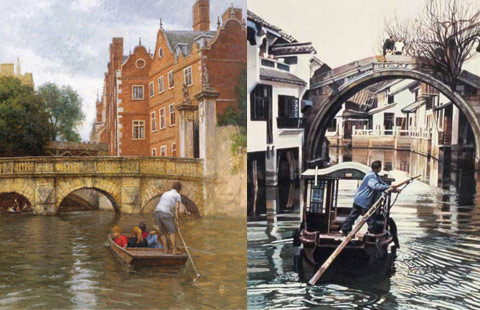








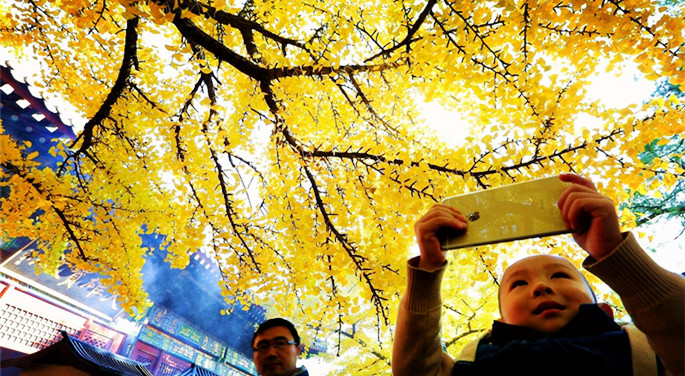






 Raymond Zhou:
Raymond Zhou: Pauline D Loh:
Pauline D Loh: Hot Pot
Hot Pot Eco China
Eco China China Dream
China Dream China Face
China Face




